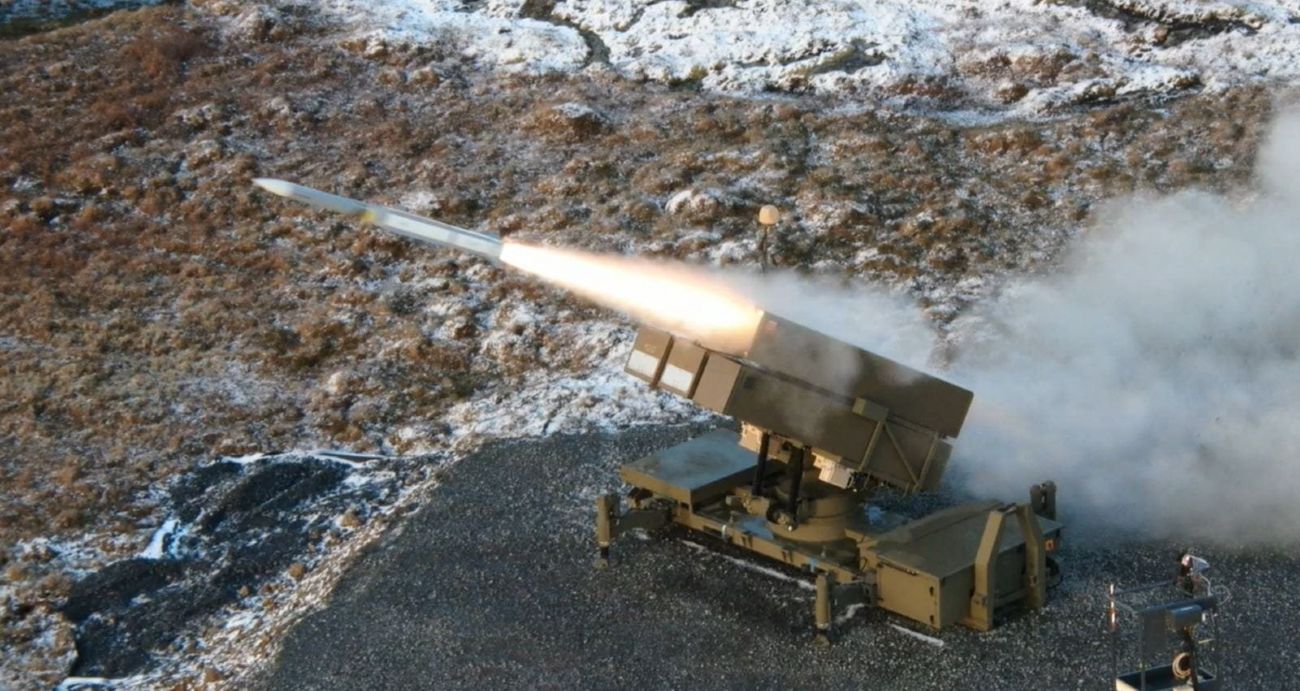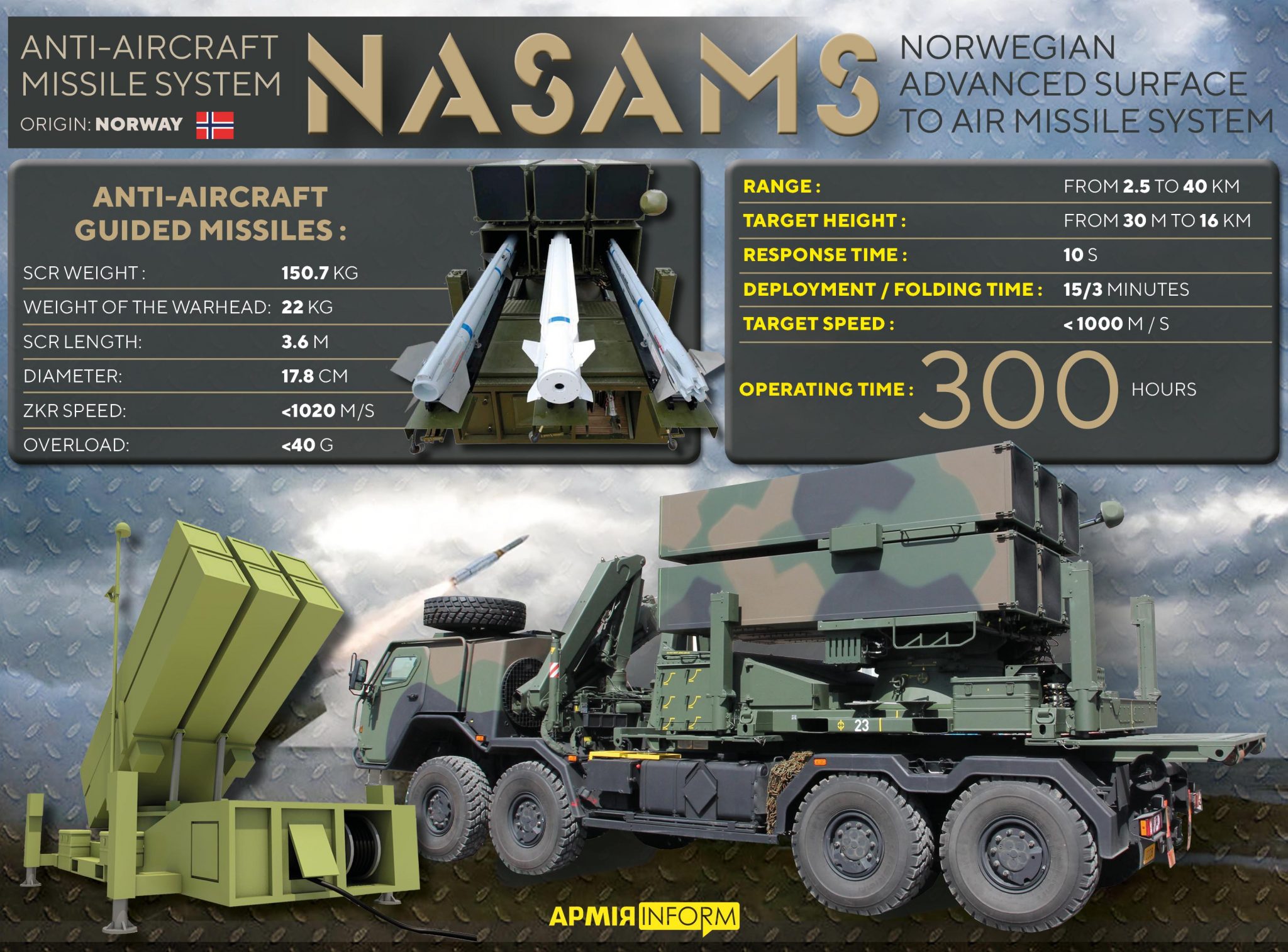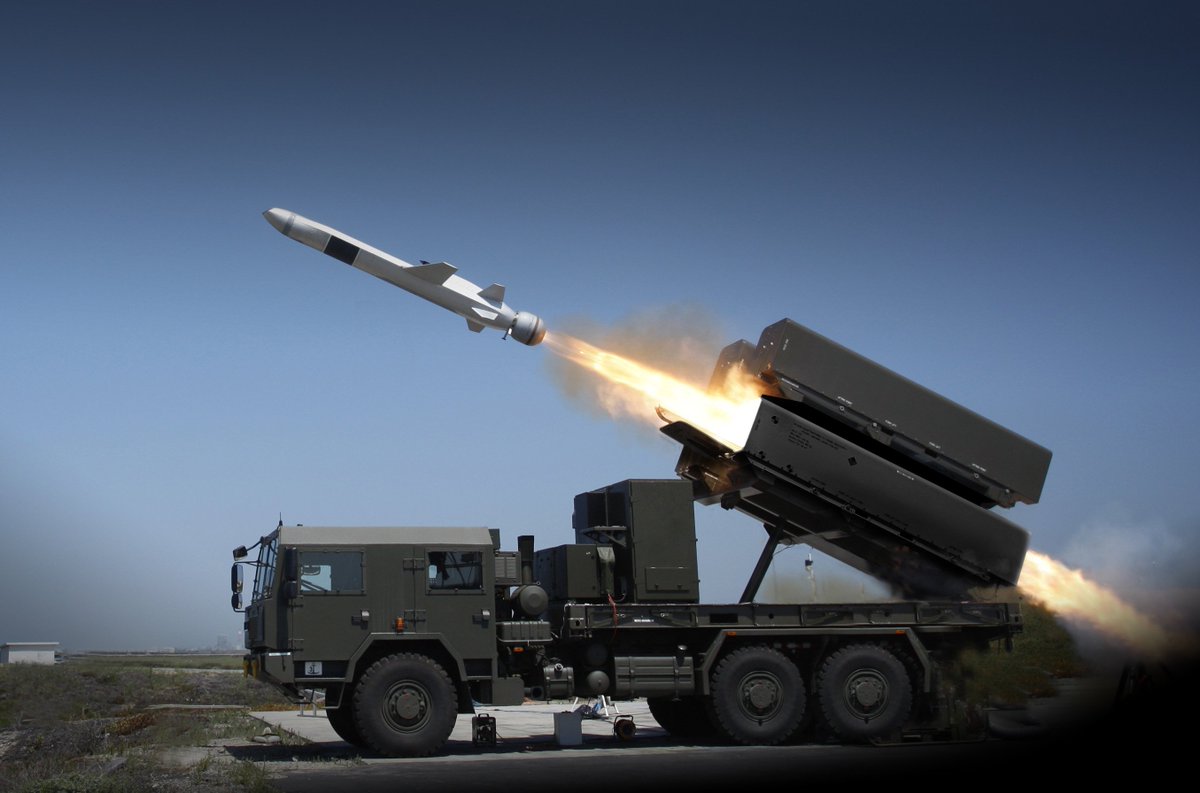On October 10, Russia launched the largest airstrike on Ukraine since the inception of the ongoing war, killing almost 19 people and destroying Kyiv’s civilian infrastructure. As a result of this escalation, the United States has promised Ukraine that the country would speed up the transfer of NASAMS.
Starlink Access Denied! Ukraine Fumes As Elon Musk Reportedly Turns Down Request To Provide Internet In Crimea
Russia Using Its ‘Old Trick’ Of Missile Downpour; Ukraine In Dilemma Whether To Defend Cities Or Frontlines
Meanwhile, Ukrainian Defense Minister Oleksii Reznikov confirmed that the German air defense system IRIS-T has arrived in Ukraine, while US ground-based antiaircraft system NASAMS is on its way.
“IRIS-Ts from Germany are already here. US NASAMS are coming. This is only the beginning. And we need more,” Reznikov tweeted.
According to the Armed Forces of Ukraine, Russia fired at least 83 cruise missiles in response to the explosions that rocked its strategic Crimean Bridge. Out of these, Ukrainian troops claimed to have shot down at least 43. However, it is impossible to verify it independently.
In the face of such escalation that led to hundreds of people retreating into air shelters and severe damage to energy infrastructure, Zelensky made a case for advanced air defense systems in the G7 meeting to discuss the “horrific” air raid.
Terrorist state?? delivers en mass missile & air strikes, UAVs attacks on??territory. Since morning enemy launched 75 missiles, 41 of which were shot down by our Air Defence. ??Armed Forces are doing everything possible to protect fellow citizens.
— Commander-in-Chief of the Armed Forces of Ukraine (@CinC_AFU) October 10, 2022
The White House agreed to expedite the delivery of two of the eight National Advanced Surface to Air Missile Systems, or NASAMS, earlier promised to Ukraine. Besides IRIS-T, Ukraine has also received four more M142 High Mobility Artillery Rocket Systems (HIMARS) from the United States.
Ukraine receives the first IRIS-T air defense system from Germany
After Russia launched a massive strike on Ukraine on Oct 10, German Defense Minister Christine Lambrecht said that the other 3 systems would be delivered to Ukraine in 2023https://t.co/yyLz7UBeOQ
?by UkrInform pic.twitter.com/m4BQ6scoMk— Euromaidan Press (@EuromaidanPress) October 11, 2022
“We think that we’re on track to get those first two [NASAMS] over there very shortly,” National Security Council spokesman John Kirby told reporters on Tuesday. “We are certainly interested in expediting the delivery of NASAMS to Ukraine as soon as we can,” he said.
The US uses NASAMS to safeguard the delicate airspace surrounding the White House and US Capitol in Washington, making it a powerful system. According to reports, the missile system can reach targets more than 100 miles (approximately 161 kilometers) away.

NASAMS
The National Advanced Surface-to-Air Missile System (NASAMS) is the first short to medium-range ground-based air defense system. It has a net-centric design, numerous simultaneous engagements, beyond visual range (BVR) capabilities, and is tightly integrated and tailored to a country’s integrated air and missile defense system (IAMD).
The Big Battle Of UAVs – Not Russia, Not Ukraine, Kamikaze Drones Are Winning The War & Dominating The Conflict!
The United States has not specified which variant of the system will be sent to Ukraine. The system is available in a variety of configurations.
NASAMS can also be mounted on HIMARS, which the US has explored as part of its ‘common launcher’ concept. Ukraine already operates HIMARS, which has become its most formidable weapon against Moscow.

EurAsian Times had earlier reported that the US had conducted a test in which three distinct types of missiles were launched from a single open-architecture National Advanced Surface to Air Missile System (NASAMS).
The shortest-range option for the test was the AIM-9X Sidewinder, the mid-range option was the Advanced Medium Range Air-to-Air Missile (AMRAAM), and the longest-range option was the AMRAAM-Extended. The US has not specified which missile will be shipped to Ukraine with the NASAMS.
According to military analysts, Ukraine’s whole landmass cannot be entirely protected by air defense systems. However, air defense systems like NASAMS will potentially allow Ukraine to ward off attacks on central military installations and high-risk locations.
The system, developed together by the Kongsberg Defense of Norway and Raytheon of the US, is already in use in several countries. Its demand has increased manifold in recent times.
It is interesting to note that once upon a time, the Quad partner of the US, India, was also offered the NASAMS, but it ended up deciding against the system.
When India Considered Buying The NASAMS
Prior to the coronavirus pandemic, India was very close to acquiring the NASAMS II, an upgraded variant of the basic NASAMS model from the United States. At the time, the US government had notified its Congress of the impending sale of NASAMS II to New Delhi for USD 1.86 billion.
India was interested in procuring the system to put together a multi-layered missile defense on the lines of Washington’s layered defense architecture. At the time, the Indian sources said that the NASAMS purchase would be part of the national capital’s overall air defense shield, including the indigenous Ballistic Missile Defense (BMD) shield.
It was to be deployed by India besides the S-400 Triumf air from Russia and the Indo-Israel joint venture product Barak-8 medium-range surface-to-air missile.
The proposed sale to India, according to the US government’s Defense Security Cooperation Agency, would have included five AN/MPQ-64Fl Sentinel radar systems, 118 AMRAAM AIM-120C-7/C-8 missiles (the surface-to-air variant of the medium-range air-to-air missile used by Pakistan against India following the Balakot strike), three AMRAAM Guidance Sections, and 134 Stinger FIM-92L missiles.

However, this deal never went through, and India never got to purchase this sophisticated air defense system. The Indian Air Force had told the government by July 2020 that it preferred to invest funds in the country’s multi-tiered Ballistic Missile Defense (BMD) program, which includes medium and long-range surface-to-air missile components, as previously reported by Livefist.
There has since been no communication on the procurement of NASAMS II. According to reports, India’s ballistic missile defense (BMD) program, which has been in development for 20 years, is prepared for deployment in a configuration for the country’s national capital region, with additional phases planned to enhance capabilities.
The BMD system currently consists of the exo-atmospheric Prithvi Air Defense (PAD) and endo-atmospheric Advanced Air Defense (AAD) interceptor systems. NASAMS II could be a valuable addition to this layered architecture.
More than two dozen countries already use NASAMS, and the system has so far been able to prevent missile attacks in the unique geographical location it was stationed in.
- Contact the author at sakshi.tiwari9555@gmail.com
- Follow EurAsian Times on Google News




